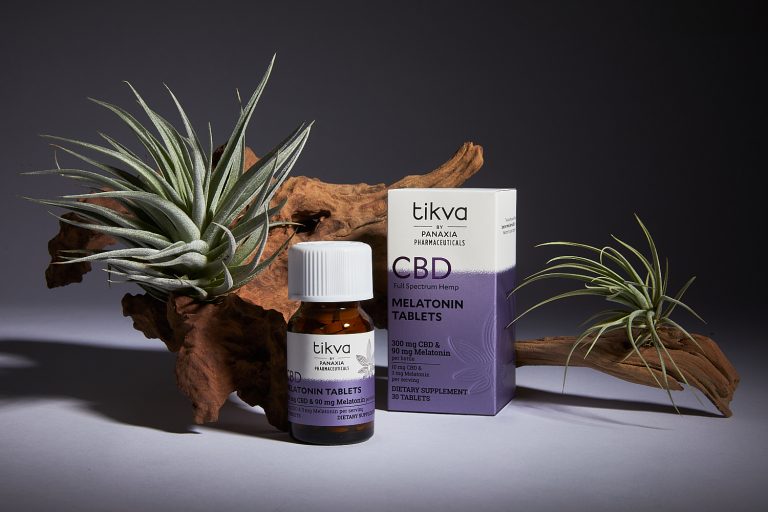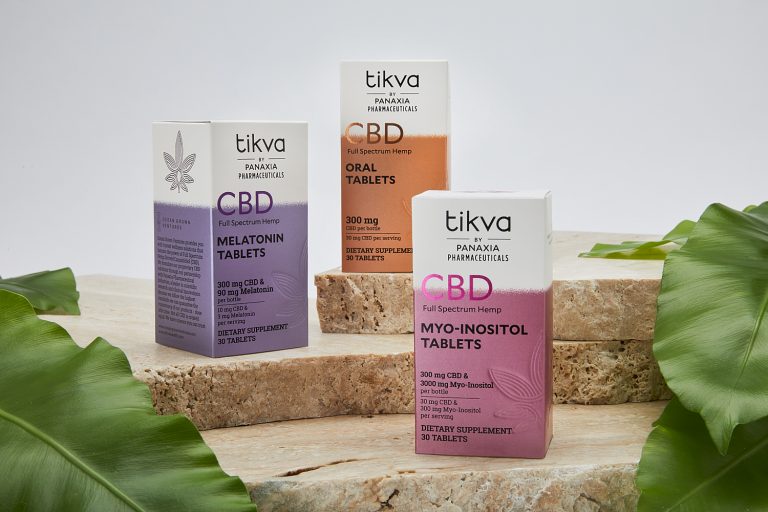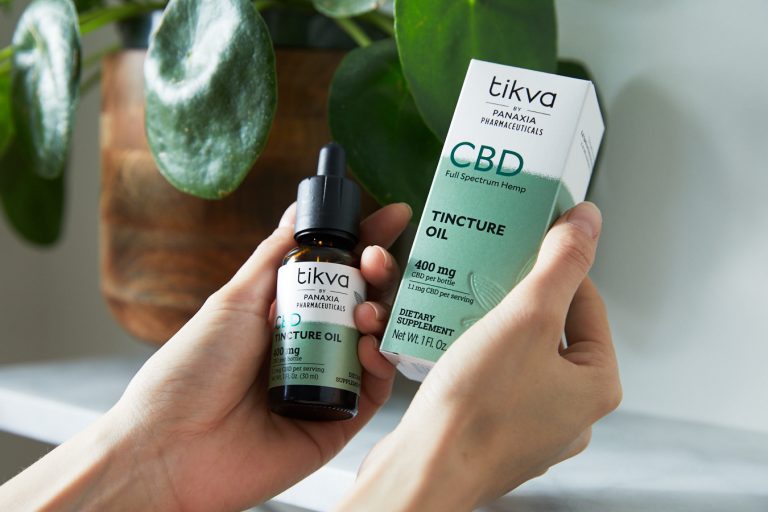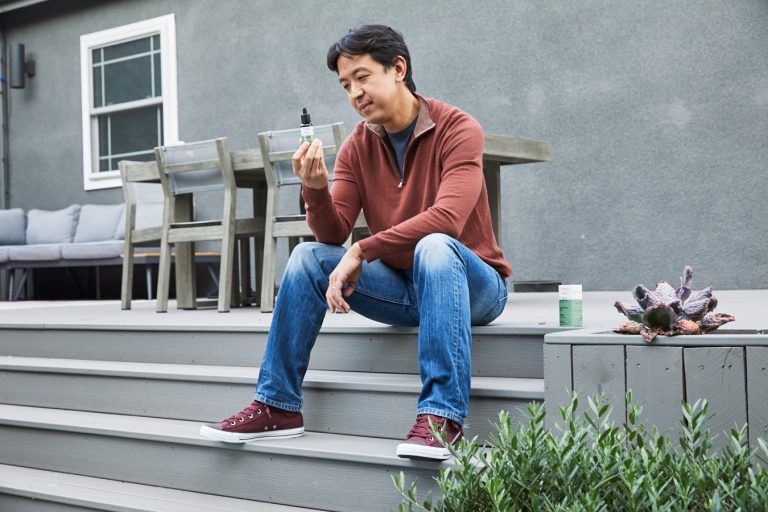Dosing 101: What is the recommended CBD oil dose?
When trying a cannabis-derived product for relief, sound sleep, or other wellness needs – especially for the first time – determining the right dose is an important part of the process.
The potency of a cannabis-derived product is determined by the concentration of cannabinoids in a single dose: the higher the concentration of cannabinoids, the more potent the product is. This is why it’s highly recommended that patients explore through gradual use titration, which involves starting at the lowest recommended dose, waiting a period of time (usually at least 60 minutes) to gauge their reaction, and increase gradually if needed until the desired effect is achieved.
While multiple published pre-clinical and clinical studies indicate a broad range of practical CBD dose levels, the research has a long way to go before an ideal dosage or combination can be determined. This is especially true when considering patient genetics have a direct impact on response to medication; no two people respond the same way to the same medicine. Yet despite there being no established process for determining CBD dosage at this stage, there has yet to be one reported case of CBD overdose in scientific literature.
CBD is non-psychoactive, non-toxic even at high levels, and carries no significant side effects or abuse potential even after chronic use (Martin-Santos, R., 2012). According to numerous studies, CBD is well-tolerated in patients and is safe to use (Fasinu, P.S., 2016).
What this means for you is that no matter how much CBD you take it will not get you “high,” you won’t feel intoxicated, and you cannot overdose. If you consume too much or the dose is too high, at most you can expect to feel drowsy or sedated.
Patients who still have concerns about dosage may want to look beyond oral methods of administration. Sublingual drops are one such option because their liquid format makes them easy to dose. Another benefit is that the active ingredients in sublingual products get absorbed directly into the bloodstream, as opposed to going through the digestive system and the “first pass effect” in the liver.
TINCTURE OILS
Tikva’s tincture oils have been developed specifically to help patients looking to try gradual dose titration using a more flexible method of administration.
To use, fill dropper with a dose of cannabis oil and administer 1-3 drops under the tongue or between the gums and teeth. Increase as desired. New users are advised to take the lowest concentration of CBD at 25mg/g (0.85mg/drop). At this low dosage, patients may safely take up to four doses daily until they achieve the desired effect.
TABLETS
Tikva’s oral CBD tablets each contain 10mg CBD and have been formulated for maximum bioavailability. As a test, new users are advised to cut one tablet in half and start with a 5mg dose, wait a minimum of 60 minutes, then increase dosage if needed in 5mg increments until desired effects are achieved.
CREAMS
Tikva’s CBD creams are applied topically and are not ingested. To use, apply the product liberally to the affected area as often as needed.
Understanding dosage helps ensure that cannabis-derived products work the way they’re supposed to, and gradual use titration is the best way to get there.
Additional articles we think you will like:
Full Spectrum Extracts vs. Isolates
References
Bergamaschi, M.M., Queiroz, R.H.C., Zuardi, A.W., Crippa, J.A.S. (2011). “Safety and Side Effects of Cannabidiol, a Cannabis Sativa Constituent.” Current Drug Safety. 6(4).
Fasinu, P.S., et al. (2016). “Current Status and Prospects for Cannabidiol Preparations as New Therapeutic Agents.” Pharmacotherapy. P.781-796.
Martin-Santos, R., et al., (2012). “Acute effects of a single, oral dose of d9-tetrahydrocannabinol (THC) and cannabidiol (CBD) administration in healthy volunteers.” Current Pharmaceutical Design. 18(32). P.4966-4979.






